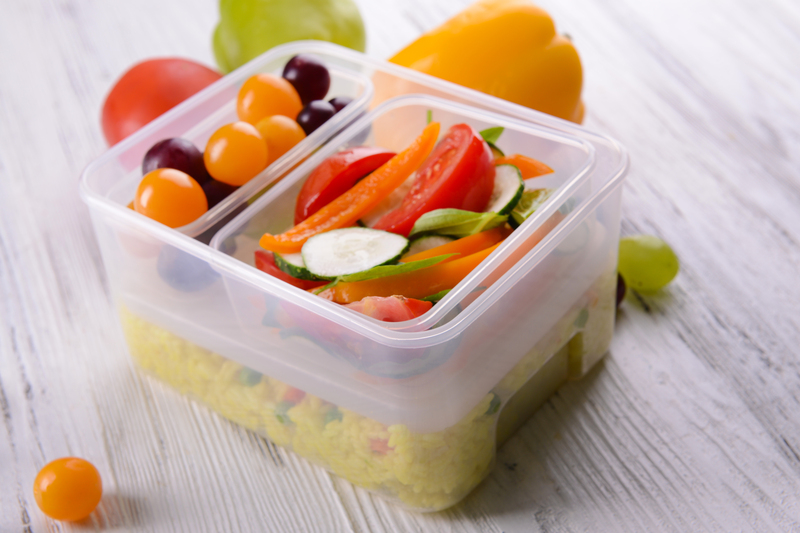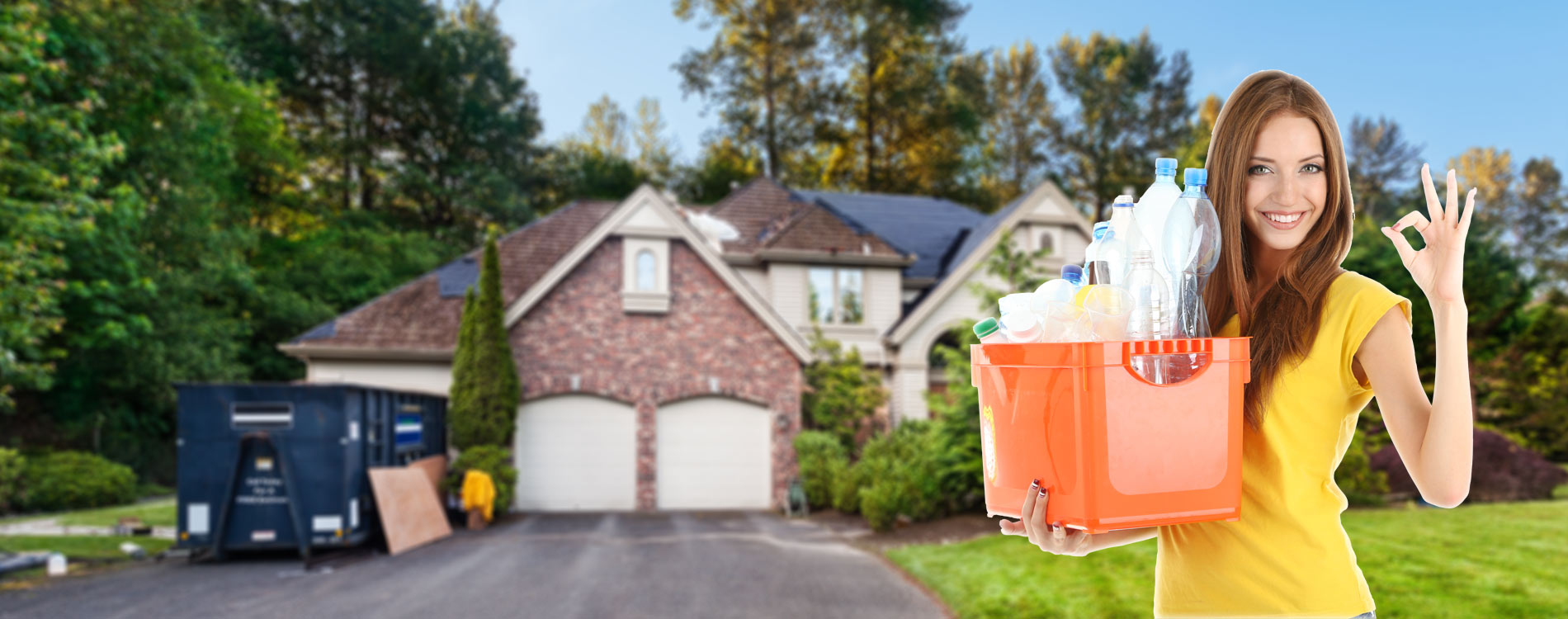6 Simple Stages to Recycle Paper at Home
Posted on 26/01/2025

Recycling paper at home is a practical and eco-friendly activity that contributes significantly to reducing waste and conserving natural resources. Follow these six simple stages to recycle paper at home efficiently.
[HTAG0]
The first step in recycling paper is collecting used paper products. This includes newspapers, magazines, office paper, and cardboard. Designate a specific container or bin in your home for paper waste to make collection easy and consistent.
[HTAG1]
Once you have collected enough paper, the next step is sorting. Different types of paper must be separated to ensure the best recycling results. Remove any non-paper items like staples, plastic, or food residue. This step is crucial for maintaining the quality of the recycled paper.
[HTAG2]
After sorting, the paper needs to be shredded. Shredding reduces the paper into small, manageable pieces, making the pulping process easier. You can use a shredder, if available, or manually tear the paper into small strips.
[HTAG3]
Shredded paper is then soaked in water to create a pulp. This process breaks down the paper fibers, turning them into a slurry. You can do this in a large mixing bowl or a blender. Allow the paper to soak for a few hours, then blend it until you achieve a smooth pulp.
[HTAG4]
Once you have your paper pulp, the next step is to screen it to remove any remaining contaminants. Pour the pulp through a fine mesh screen into another container, allowing the water to drain away while catching any larger particles or debris.
[HTAG5]
The final stage involves spreading the screened pulp onto a mesh screen or a flat surface to dry. Use a rolling pin or another flat object to press out excess water. Let the paper dry completely, which may take a few days, then peel it off to reveal your recycled paper.
[HTAG6]
Pros:
- Reduces household waste
- Conserves natural resources
- Environmentally friendly
- Educational activity for families
- Cost-effective for paper craft projects
Cons:
- Time-consuming process
- Requires space for drying paper
- May not achieve professional-quality paper
- Limited to small amounts of paper waste
[HTAG7]
- Start with clean, dry paper to avoid mold and contamination.
- Consider adding natural dyes or flowers to the pulp for decorative paper.
- Use a high-powered blender to create a smoother pulp.
- Patience is key; allow paper to dry thoroughly to avoid tearing.
- Regularly clean your recycling workspace to maintain hygiene.
[HTAG8]
- Recycling paper at home is an easy and environmentally friendly activity.
- Proper collection, sorting, and shredding are crucial for high-quality recycled paper.
- Pulping and drying the paper are essential steps to complete the recycling process.
- There are both benefits and drawbacks to recycling paper at home.
[HTAG9]
Recycling paper at home is a rewarding activity that promotes sustainability and environmental responsibility. By following these six simple stages, you can effectively recycle your paper waste and contribute to a cleaner, greener planet. While the process requires time and effort, the benefits of reducing your environmental impact and creating unique, recycled paper products make it worthwhile. Start recycling paper at home today and become part of the solution to a more sustainable future.


 020 3744 5712
020 3744 5712










